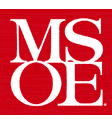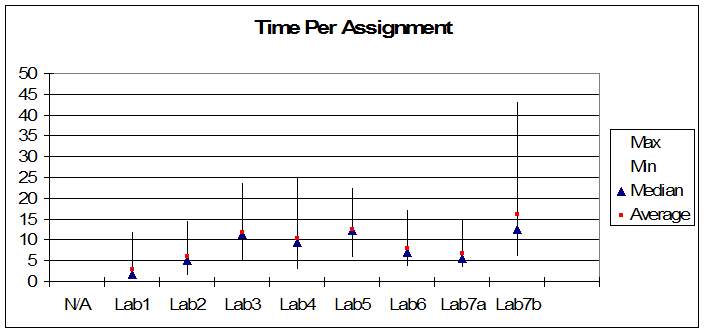
 |
|
Description Syllabus Policies Quizzes/Homework Grading Lab info
This page was last updated on 02/28/2007.
8/25/2006 - Initial version.
9/1/2006 - 2nd draft.
9/7/2006 - Lab 1 posted.
9/13/2006 - Quiz 1 scheduled for 9/14/2006
9/14/2006 - Lab 2 posted.
9/19/2006 - Quiz 2 scheduled for 9/21/2006
9/26/2006 - due date for Lab 2 changed to 11am day of Lab 3
9/27/2006 - Lab 3 posted
10/4/2006 - Lab 4 posted; modified requirements for the
files you have to submit
10/18/2006 - Lab 5 posted - all files must be
submitted in a zip file format.
11/3/2006 - Lab 6 posted
11/8/2006 - Example output for Lab 6 included on Lab 6 webpage.
Lectures are held each Tuesday,
Wednesday, and Friday in CC-43
from 1:00pm to 1:50pm.
Labs are on Thursday in CC-43 from 12:00pm to
2:50pm.
This course introduces students to computer applications for the
visualization of information. Algorithms, data structures, graphics primitives
and graphics standards are discussed in addition to hardware aspects of
interactive computer graphics. Topics such as 2-D and 3-D transformations,
graphics libraries and clipping algorithms are presented. Laboratory assignments
using the Linux operating system, C++ and an industry-standard graphics packages
provide opportunities for students to develop interactive graphics algorithms
and applications, as well as reinforce C++ development concepts.
Consult the official course description for
detailed objectives.
Quizzes or Homework will be given or assigned each week.
You are encouraged to work with your classmates on homework, so that you can more fully understand the problem and discuss approaches to solution. However, you should work out the solutions to problems individually. Homework problems will be kept short, and will be due the next class period after which they are assigned. No homework will be accepted after the solution is posted.
Quizzes, when given instead of homework, will be given at the beginning of the Lab session. No quiz will be given the week of the midterm. No make-up quizzes will be given.
The following course policies apply to this course.
Note that this algorithm indicates how a grade will be determined for students who have successfully demonstrated mastery of the course objectives. An acceptable level of success in meeting all course objectives is a prerequisite for a passing grade in the course.
| Labs | 50% |
| Quizzes/Homework | 15% |
| Midterm | 15% |
| Final | 20% |
Note that the labs constitute half of your overall grade - a reflection of their importance in this course. Plan to devote a considerable effort in order to complete these labs successfully and professionally. As far as effort goes, you may want to examine the following timelog summary of last year's labs in order to get an idea of the time required to complete them (note that the times are expressed in hours):
